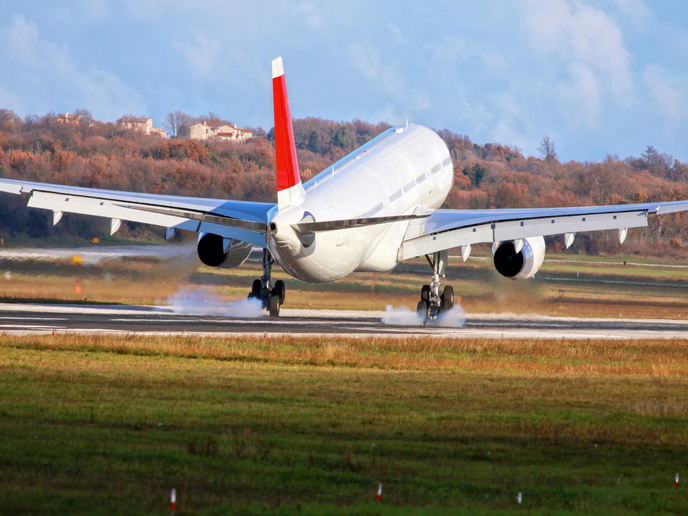Touching down in an environmentally friendly fashion
Aircraft today, though immensely convenient, are a significant environmental burden, accounting for around 2.5 % of global CO2 emissions. Airspace is now a highly populated area, comprising more than 29 million square miles, hosting over 45 000 flights and accommodating in excess of 3 million airline passengers daily. To achieve climate neutrality, the European Green Deal has highlighted the need to reduce transport emissions by 90 % by 2050, and the aviation sector will have to contribute to this goal. A pilot’s good skills are paramount in ensuring not only a safe and uneventful flight but also fuel economy and noise reduction during the flight’s most energy-consuming phase, the lead-up to landing. The DYNCAT project, led by the German Aerospace Center, aims to address the issue of environmental and noise pollution by enabling improved flight profiles in busy airport environments. Specifically, the project is focused on advancing and demonstrating new pilot assistance systems for reduced noise and fuel consumption during flight operations, especially during approach and landing. The DYNCAT solution assists in factoring in environmental parameters such as CO2 and noise when optimising 4D trajectories to enable safer, more cost-efficient and more environmentally sustainable operations in the terminal manoeuvring area.
The DYNCAT solution in practice
According to a news item on the ‘Green Car Congress’ website, the project team “developed new on-board system functions that support pilots during the approach with recommendations that pilots then choose to follow or ignore.” The functions include optimised flap, landing gear and engine thrust settings designed to reduce noise and C02 emissions. To test the effectiveness of the proposed solution, researchers from the Empa Laboratory for Acoustics / Noise Control carried out a simulated demonstration with experienced pilots at the Thales site in Toulouse, France. In the selected scenario, as seen in this video, two flights – one using the DYNCAT system and a reference flight without it – showed a significant difference in fuel consumption and noise levels. The DYNCAT flight consumed 55 kg less fuel from the beginning of its descent and was up to 4 dB quieter. According to a project report published in the CEAS Aeronautical Journal, the demonstration at Toulouse provided a unique opportunity to analyse the impact of air traffic control (ATC) instructions on fuel consumption and noise exposure. The results showed that more speed instructions by ATC are associated with greater fuel consumption as the aircraft must constrain its speed for a longer time, which in turn requires higher so-called engine N1 levels. Going forward, DYNCAT (Dynamic Configuration Adjustment in the TMA) will continue to collect data from all sources relevant to flight operations to advance, validate and refine its envisioned systems. The project will provide a valuable decision-making tool for pilots that will save on fuel and excess energy and cut down on unnecessary noise. This SESAR Joint Undertaking is thus set to have a significant impact on the environmental credentials of air traffic management. For more information, please see: DYNCAT project
Keywords
DYNCAT, aircraft, air traffic control, aviation, pilot, noise reduction, fuel economy, airspace

